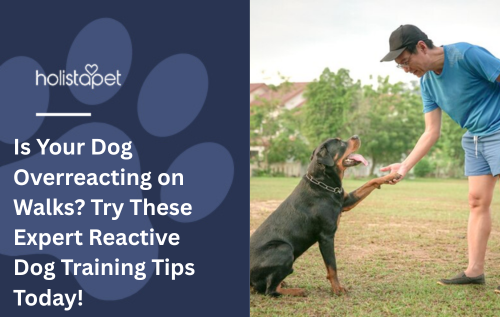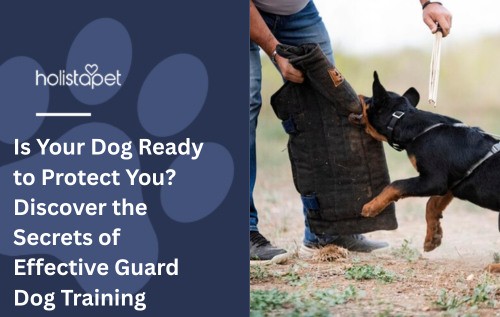If your dog lunges, barks, or growls at other dogs, people, or even random objects during walks, you’re not alone. Having a reactive dog can be stressful, frustrating, and even embarrassing. But with the right techniques, patience, and consistency, you can help your furry friend stay calm and confident.
In this post, we’ll explore practical reactive dog training tips that actually work—whether you’re just getting started or looking for ways to level up your current training strategy.
 What Is a Reactive Dog?
What Is a Reactive Dog?
A reactive dog overreacts to specific triggers in their environment. Common triggers include:
-
Other dogs
-
Strangers
-
Bicycles or cars
-
Loud noises
Reactivity is often driven by fear, anxiety, or frustration—not aggression. The key is helping your dog learn to feel safe and respond appropriately.
Reactive Dog Training Tips That Actually Work
1. Identify and Manage Triggers
Start by tracking what sets your dog off. Note:
-
What they react to
-
How far away the trigger is
-
What their body language looks like before reacting
This information will help you manage exposure and train smarter.
2. Keep Distance (Find the Threshold)
Your dog has a reaction threshold—the point at which they become too overwhelmed to listen. Work below this threshold to create positive associations.
Use space to your advantage: cross the street, change directions, or move behind a barrier.
3. Use High-Value Rewards
Reactive dogs need strong motivation to stay focused. Use high-value treats (like chicken or cheese) to reward calm behavior and redirect attention.
Pro tip: Bring treats on every walk and reward frequently when your dog sees a trigger and remains calm.
4. Teach Focus and Engagement
Train these basic skills in a quiet environment before using them outside:
-
Look at me: Teach your dog to make eye contact on cue.
-
Touch: Use a hand-targeting cue to redirect focus.
-
Leave it or Let’s go: Cues to turn away or walk past a trigger.
5. Counterconditioning and Desensitization
Pair the trigger with something positive (like treats) while staying under threshold. Over time, your dog learns that the trigger predicts good things, not danger.
6. Keep Calm and Stay Consistent
Your energy matters. Reactivity is contagious—so stay calm, speak gently, and avoid jerking the leash or yelling.
 Frequently Asked Questions
Frequently Asked Questions
Q: Can a reactive dog be cured?
A: While some dogs may never be 100% non-reactive, many can make dramatic improvements with consistent training, management, and professional support.
Q: Should I use a prong collar or e-collar?
A: These tools can worsen fear and reactivity if used incorrectly. Positive reinforcement-based methods are usually safer and more effective for reactive dogs.
Q: When should I hire a professional dog trainer?
A: If your dog’s behavior is getting worse, or if you’re feeling overwhelmed, working with a certified force-free trainer or behaviorist can be extremely helpful.
Final Thoughts
Dealing with a reactive dog can feel like an uphill battle, but it’s absolutely possible to make progress. With these reactive dog training tips, you can build trust, reduce reactivity, and enjoy walks again.
The most important thing? Be patient with your dog and yourself. Progress may be slow, but every small win counts.
Helpful Notes
-
Safety first: Use a secure harness and leash; consider a muzzle if needed.
-
Keep training sessions short: 5–10 minutes is often enough to avoid overstimulation.
-
Celebrate progress: Record small wins and revisit them when you need encouragement.
-
Join support groups: There are many online communities for owners of reactive dogs—you're not alone.


 CBD Oil for Dogs - Fast Acting
CBD Oil for Dogs - Fast Acting
 Chicken Flavored CBD Oil For Dogs - Easy Dose
Chicken Flavored CBD Oil For Dogs - Easy Dose
 Salmon Flavored CBD Oil For Dogs - Highly Rated
Salmon Flavored CBD Oil For Dogs - Highly Rated
 CBG Oil for Dogs and Cats - Loved by Thousands
CBG Oil for Dogs and Cats - Loved by Thousands





Leave a comment
All comments are moderated before being published.
This site is protected by hCaptcha and the hCaptcha Privacy Policy and Terms of Service apply.